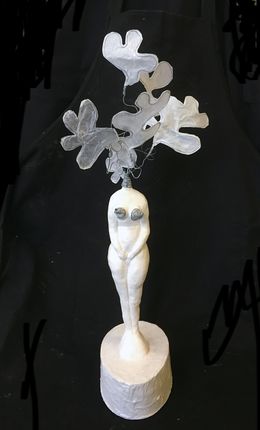
270) Emanation radieuse de la Venus de Lespugne
Isis Bi-M
Sculpture - 30 x 13 x 8 cm Sculpture - 11.8 x 5.1 x 3.1 inch
Sold
Save your search and find it in your favorites
Saved search
Your search is accessible from the favorites tab > My favorite searches
Unsaved search
A problem occurred

Sculpture - 30 x 13 x 8 cm Sculpture - 11.8 x 5.1 x 3.1 inch
Sold

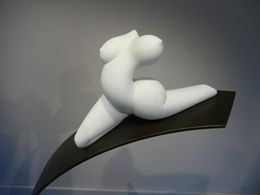
Sculpture - 44 x 33 x 15 cm Sculpture - 17.3 x 13 x 5.9 inch
Sold



Sculpture - 70 x 54 x 11 cm Sculpture - 27.6 x 21.3 x 4.3 inch
Sold

Sculpture - 100 x 52 x 37 cm Sculpture - 39.4 x 20.5 x 14.6 inch
Sold

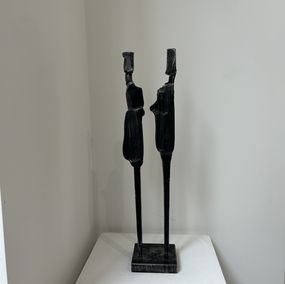
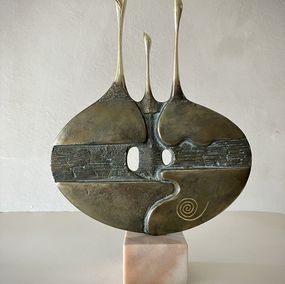
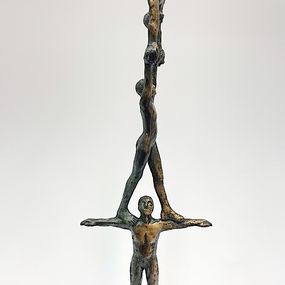

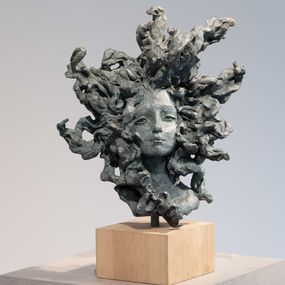

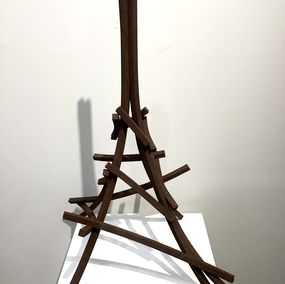
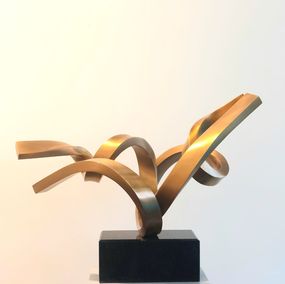


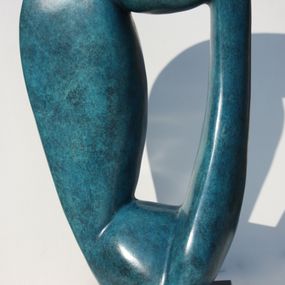

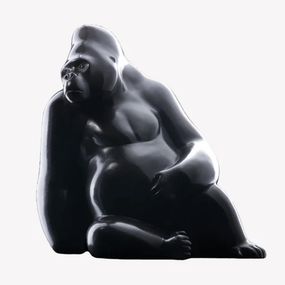

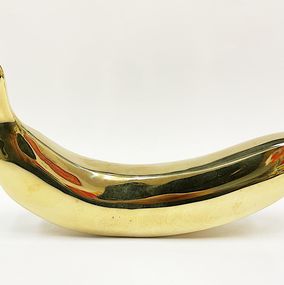





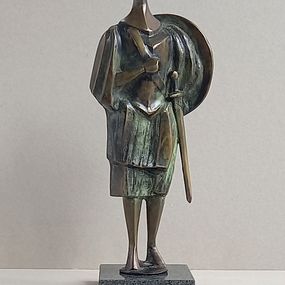
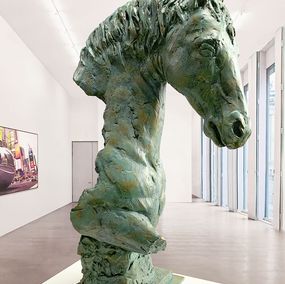
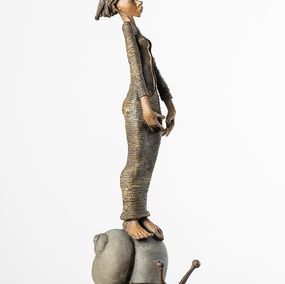

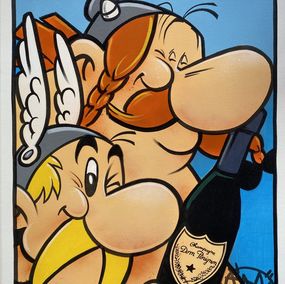
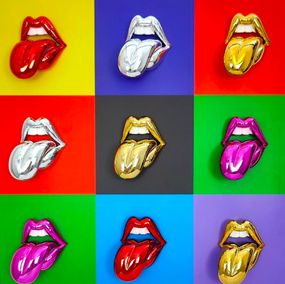


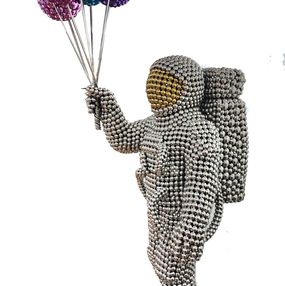
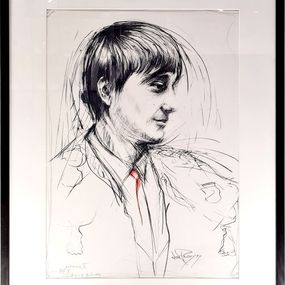
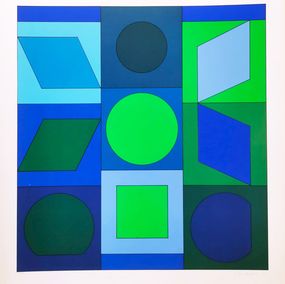
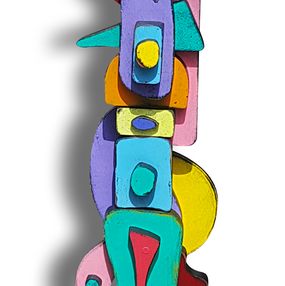


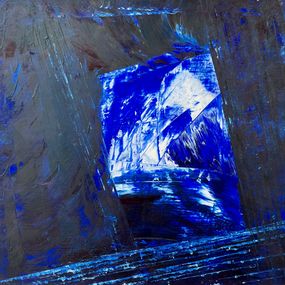


Sculpture - 40 x 16 x 15 cm Sculpture - 15.7 x 6.3 x 5.9 inch
$1,506
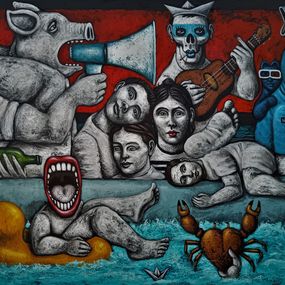


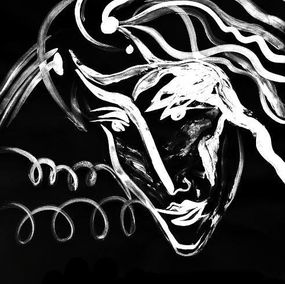
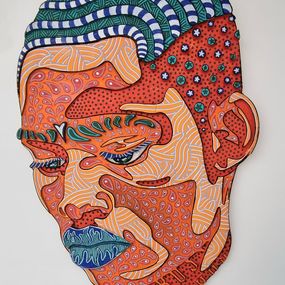
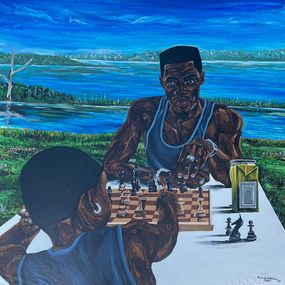



Fine Art Drawings - 220 x 220 x 0.3 cm Fine Art Drawings - 86.6 x 86.6 x 0.1 inch
$1,112
Rodin said that 'when a good sculptor models the human body, he represents not just the musculature, but also the life that powers it'. The body has fascinated man since the very beginnings of our history. In representing himself, man reaffirms his place in the world surrounding him; the sculpted body represents a physical manifestation of human nature. After all, what better way to venerate the body and give due space to all its dimensions and complexities than in a sculpture?
In prehistoric times, man represented himself in squat bodies, with full, exaggerated curves. The statuettes evoked the primitive needs of primitive man, and were often linked to female fertility as this was of course necessary for the continued survival of the species. In Antiquity, the body was idealised and almost deified. The Herculean archetype called on men to be robust and athletic, whilst women – elegantly proportioned – were uniformly presented with wide, curved hips, which again were supposed sign of fertility. From Antiquity onwards, strict rules governed the practice, as future generations sought to recreate what they considered to be the perfect representations of the body.
In the Middle Ages only nobles and religious figures were represented in sculpture, and even then always very seriously, in keeping with the contemporary theological principles of deprivation and compassion. The body was not there to be contemplated or admired. Man and his body was put squarely back in the centre of attention, however, by the subsequent dawning of the Renaissance. Carried forward by the shift away from theology and the return to the classical Greek canon, this era saw the birth of some astonishing masterpieces as artists such as Da Vinci began to experiment with anatomy in order to study the body in minute detail. Sculpted bodies became more realistic and accurate, but still often reflected ideals of beauty and health inherited from Antiquity. These strict aesthetic codes persisted for centuries across classical sculpture.
It wasn't until the 19th century and the that these traditions began to crumble. Rodin popularised the innovative technique of sculpting raw materials without the use of a mould, instead working directly from a living model in a ground-breaking testament to his virtuosity. Throughout his career, Rodin crafted passionate scenes of bodies coming together, often using raw materials. Under his influence, sculpture finally grew out of its dated, rigid codes. On the other side of the channel, Henry Moore laid the foundations for the coming century, creating masterpieces which represented the body in lurid abstract curves.
Latterly, the Modernists gave a new direction to the sculpted body, starting with the skinny silhouettes of Giacoletti, contrasting with the rounded figures fashioned by Brâncusi. Not to mention Niki de Saint Phalle, whose resplendent Nanas conquered Nouveau Realism. In the States, Duane Hanson is renowned for his hyper-realistic resin moulds, which seek to denounce liberalist capitalist society. His Supermarket Lady has become synonymous with modern political sculpture.
Today, many plastic artists have also taken up the theme of the body, starting with Damien Hirst and Ron Mueck and their quasi-medical anatomical sculptures. At the opposite end of the scale, some artists have moved towards dehumanising the body, and rejecting its supremacy in favour of abstract, even monstrous, interpretations – like in the work of Louise Bourgeois. The art world's enduring fascination with the body seems unlikely to waver, with many artists seeming to develop a level of devotion comparable to the mythical Pygmalion. Why not see what all the fuss is about and explore our extensive collection of sculpted bodies. Discover our large format sculptures.
What is body sculpture and how does it differ from traditional exercise?
What are some effective body sculpture techniques and exercises?
Can body sculpture help with weight loss and toning?